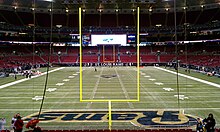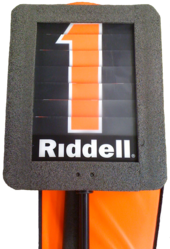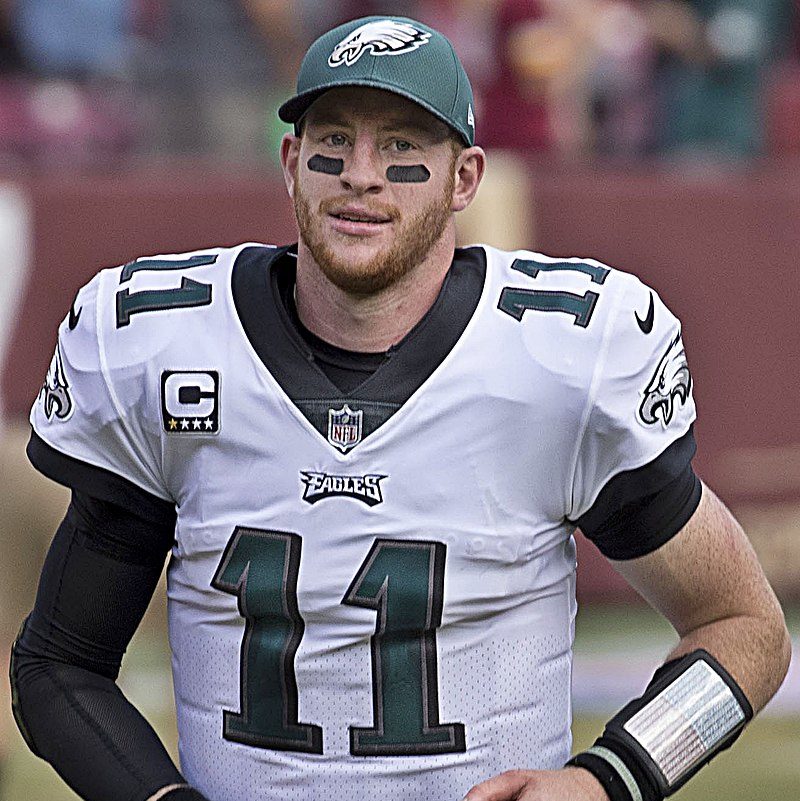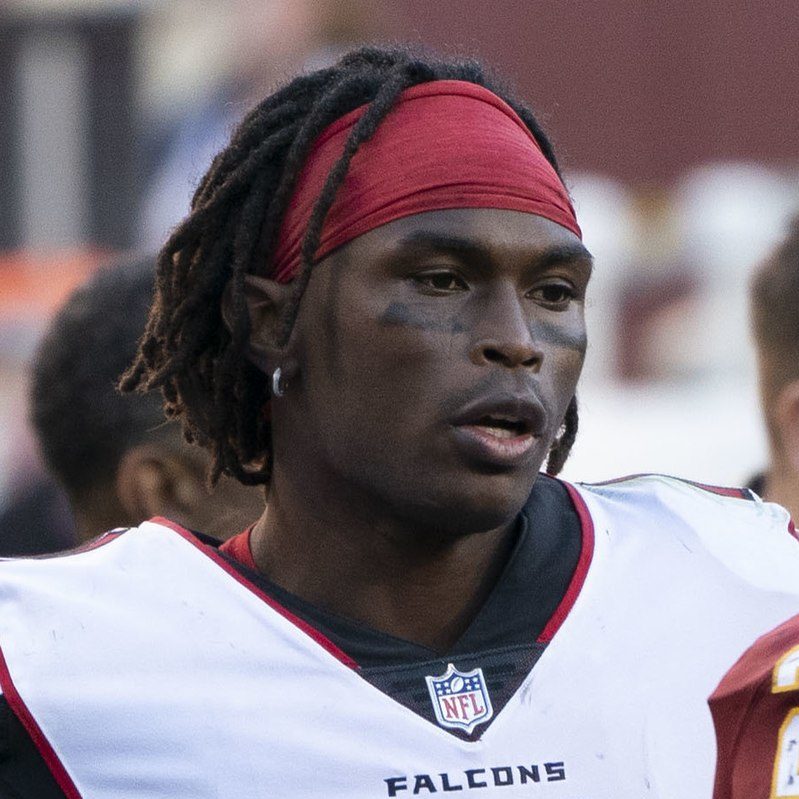American football, referred to as football in the United States and Canada and also known as gridiron, is a team sport played by two teams of eleven players on a rectangular field with goalposts at each end. The offense, which is the team controlling the oval-shaped football, attempts to advance down the field by running with or passing the ball, while the defense, which is the team without control of the ball, aims to stop the offense’s advance and aims to take control of the ball for themselves. The offense must advance at least ten yards in four downs or plays, and otherwise, they turn over the football to the defense; if the offense succeeds in advancing ten yards or more, they are given a new set of four downs. Points are primarily scored by advancing the ball into the opposing team’s end zone for a touchdown or kicking the ball through the opponent’s goalposts for a field goal. The team with the most points at the end of a game wins.
American Football
History
The history of American football can be traced to early versions of rugby football and association football. Both games have their origin in varieties of football played in Britain in the mid-19th century, in which a football is kicked at a goal or kicked over a line, which in turn were based on the varieties of English public school football games. American football resulted from several major divergences from association football and rugby football, most notably the rule changes instituted by Walter Camp, a Yale University and Hopkins School graduate who is considered to be the “Father of American Football”. Among these important changes were the introduction of the line of scrimmage, of down-and-distance rules and of the legalization of blocking. The modern era of American football can be considered to have begun after the 1932 NFL Playoff game, which was the first indoor game since 1902 and the first American football game to feature hash marks, forward passes anywhere behind the line of scrimmage, and the movement of the goal posts back to the goal line. Other innovations to occur immediately after 1932 were the introduction of the AP Poll in 1934, the tapering of the ends of the football in 1934, the awarding of the first Heisman Trophy in 1935, the first NFL draft in 1936 and the first televised game in 1939.
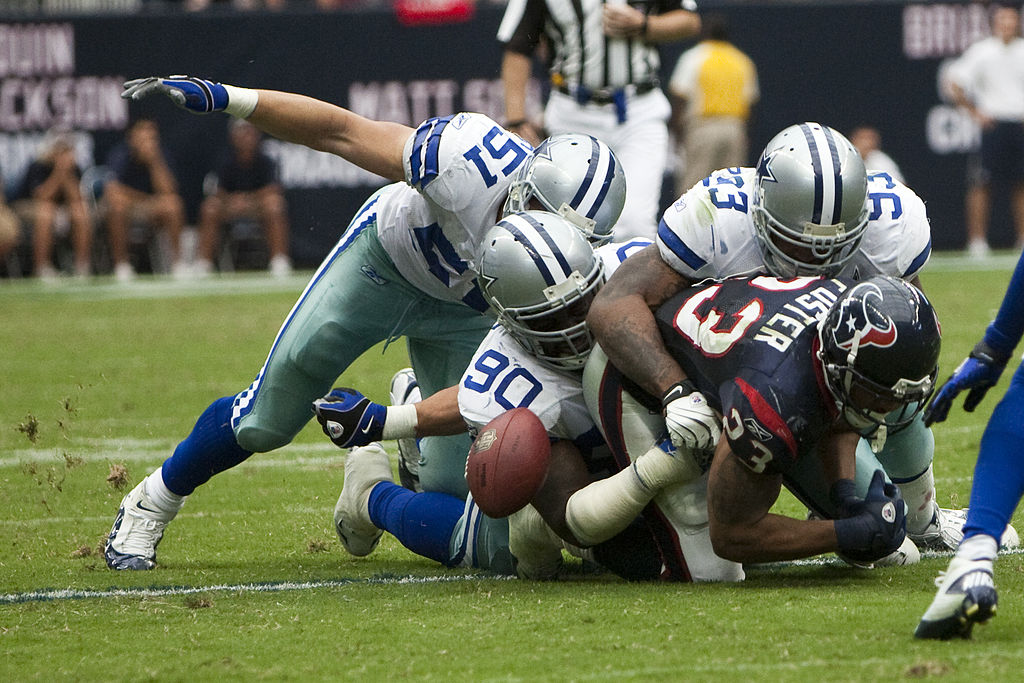
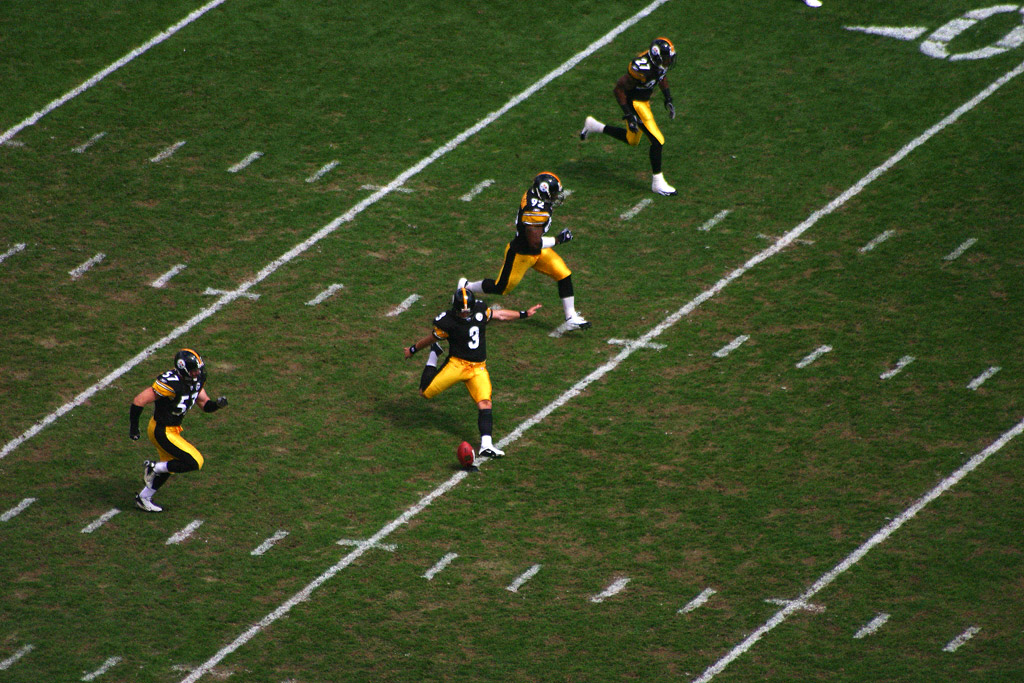
Rules
Scoring
A player for the Navy Midshipmen(dark jersey) scores a touchdown while a defender from the Tulsa Golden Hurricane (in white) looks on. The goal line is marked by the small orange pylon
In American football, the winner is the team that has scored more points at the end of the game. There are multiple ways to score in a football game.
The touchdown (TD), worth six points, is the most valuable scoring play in American football. A touchdown is scored when a live ball is advanced into, caught in, or recovered in the end zone of the opposing team. The scoring team then attempts a try or conversion, more commonly known as the point(s)-after-touchdown (PAT), which is a single scoring opportunity.
A PAT is most commonly attempted from the two- or three-yard line, depending on the level of play. If scored by a placekick or dropkick through the goal posts, it is worth one point, and is typically called the extra point. Conversely, a team may elect to run a single play from scrimmage and attempt, once again, to achieve what would normally be considered a touchdown. In such a case, a successful attempt is called the two-point conversion and is worth two points. For the 2015 season, the NFL adopted rules on PATs that stated during an extra point the placekick must be snapped from the 15-yard line and on extra points if the kick is blocked and the opposing team returns it into the end zone or if during a two-point conversion the ball is fumbled or intercepted and returned to the end zone the opposing team will score two points. No points are awarded on a failed extra point or two-point conversion attempt, although under a rare set of circumstances it is possible to score a safety, worth one point, if the defense takes the ball back into its own end zone and is downed there. In general, the extra point is almost always successful in professional play and is only slightly less successful at amateur levels, while the two-point conversion is a much riskier play with a higher probability of failure; accordingly, extra point attempts are far more common than two-point conversion attempts.
A field goal (FG), worth three points, is scored when the ball is placekicked or dropkicked through the uprights and over the crossbars of the defense’s goalposts. After a PAT attempt or successful field goal the scoring team must kick the ball off to the other team.
A safety is scored when the ball carrier is tackled in their own end zone. Safeties are worth two points, which are awarded to the defense. In addition, the team that conceded the safety must kick the ball to the scoring team via a free kick.
Field and equipment
Football games are played on a rectangular field that measures 120 yards (110 m) long and 53 1⁄3 yards (48.8 m) wide. Lines marked along the ends and sides of the field are known respectively as the end lines and sidelines, and goal lines are marked 10 yards (9.1 m) inward from each end line. Weighted pylons are placed on the inside corner of the intersections of the goal lines and end lines.
White markings on the field identify the distance from the end zone. Inbound lines, or hash marks, are short parallel lines that mark off 1-yard (0.91 m) increments. Yard lines, which can run the width of the field, are marked every 5 yards (4.6 m). A one-yard-wide line is placed at each end of the field; this line is marked at the center of the two-yard line in professional play and at the three-yard line in college play. Numerals that display the distance from the closest goal line in yards are placed on both sides of the field every ten yards.
Goalposts are located at the center of the plane of each of the two end lines. The crossbar of these posts is 10 feet (3.0 m) above the ground, with vertical uprights at the end of the crossbar 18 feet 6 inches (5.64 m) apart for professional and collegiate play and 23 feet 4 inches (7.11 m) apart for high school play. The uprights extend vertically 35 feet (11 m) on professional fields, a minimum of 10 yards (9.1 m) on college fields, and a minimum of 10 feet (3.0 m) on high school fields. Goal posts are padded at the base, and orange ribbons are normally placed at the tip of each upright.
The football itself is an oval ball, similar to the balls used in rugby or Australian rules football. At all levels of play, the football is inflated to 12 1⁄2 to 13 1⁄2 pounds per square inch (86 to 93 kPa) and weighs 14 to 15 ounces (400 to 430 g); beyond that, the exact dimensions vary slightly. In professional play the ball has a long axis of 11 to 11 1⁄4 inches (28 to 29 cm), a long circumference of 28 to 28 1⁄2 inches (71 to 72 cm), and a short circumference of 21 to 21 1⁄4 inches (53 to 54 cm), while in college and high school play the ball has a long axis of 10 7⁄8 to 11 7⁄16 inches (27.6 to 29.1 cm), a long circumference of 27 3⁄4 to 28 1⁄2 inches (70 to 72 cm), and a short circumference of 20 3⁄4 to 21 1⁄4 inches (53 to 54 cm).
Duration and time stoppages
Football games last for a total of 60 minutes in professional and college play and are divided into two halves of 30 minutes and four quarters of 15 minutes. High school football games are 48 minutes in length with two halves of 24 minutes and four quarters of 12 minutes. The two halves are separated by a halftime period, and the first and third quarters are also followed by a short break. Prior to the start of the game, the referee and team captains for each team meet at midfield for a coin toss. The visiting team is allowed to call “heads” or “tails”; the winner of the toss is allowed to decide between choosing whether to receive or kick off the ball or choosing which goal they want to defend, but they can also defer their choice until the second half. The losing team, unless the winning team decides to defer, is allowed to choose the option the winning team did not select, and receives the option to receive, kick, or select a goal to defend to begin the second half. Most teams choose to receive or defer, because choosing to kick the ball to start the game would allow the other team to choose which goal to defend. Teams switch goals following the first and third quarters. If a down is in progress when a quarter ends, play continues until the down is completed.
Games last longer than their defined length due to play stoppages—the average NFL game lasts slightly over three hours. Time in a football game is measured by the game clock. An operator is responsible for starting, stopping and operating the game clock based on the direction of the appropriate official. A separate clock, the play clock, is used to determine if a delay of game infraction has been committed. If the play clock expires before the ball has been snapped or free-kicked, a delay of game foul is called on the offense. The play clock is set to 40 seconds in professional and college football and to 25 seconds in high school play or following certain administrative stoppages in the former levels of play.
Advancing the ball and downs
Carolina Panthers quarterback Jake Delhomme (number 17) in the motion of throwing a forward pass
There are two main ways that the offense can advance the ball: running and passing. In a typical play, the quarterback calls the play, and the center passes the ball backwards and under their legs to the quarterback in a process known as the snap. The quarterback then either hands the ball off to a back, throws the ball or runs with it. The play ends when the player with the ball is tackled or goes out of bounds, or a pass hits the ground without a player having caught it. A forward pass can only be legally attempted if the passer is behind the line of scrimmage, and only one forward pass can be attempted per down. Like in rugby, players can also pass the ball backwards at any point during a play. In the NFL, a down also ends if the runner’s helmet comes off.
The offense is given a series of four plays, known as downs. If the offense advances ten or more yards in the four downs, they are awarded a new set of four downs. If they fail to advance ten yards, possession of the football is turned over to the defense. In most situations, if the offense reaches their fourth down they will punt the ball to the other team, which forces them to begin their drive from further down the field; if they are in field goal range, they might also attempt to score a field goal. A group of officials, the chain crew, keeps track of both the downs and the distance measurements. On television, a yellow line is electronically superimposed on the field to show the first down line to the viewing audience.
Kicking
Green Bay Packersplacekicker Mason Crosbyattempts a field goal by kicking the ball from the hands of a holder. This is the standard method to score field goals or extra points.
There are two categories of kicks in football: scrimmage kicks, which can be executed by the offensive team on any down from behind or on the line of scrimmage, and free kicks. The free kicks are the kickoff, which starts the first and third quarters and overtime and follows a try attempt or a successful field goal, and the safety kick, which follows a safety.
On a kickoff, the ball is placed at the 35-yard line of the kicking team in professional and college play and at the 40-yard line in high school play. The ball may be drop-kicked or place-kicked. If a place kick is chosen, the ball can be placed on the ground or on a tee, and a holder may be used in either case. On a safety kick, the kicking team kicks the ball from their own 20-yard line. They can punt, drop-kick or place-kick the ball, but a tee may not be used in professional play. Any member of the receiving team may catch or advance the ball, and the ball may be recovered by the kicking team once it has gone at least ten yards and has touched the ground or has been touched by any member of the receiving team.
The three types of scrimmage kicks are place kicks, drop kicks, and punts. Only place kicks and drop kicks can score points. The place kick is the standard method used to score points, because the pointy shape of the football makes it difficult to reliably drop kick. Once the ball has been kicked from a scrimmage kick, it can be advanced by the kicking team only if it is caught or recovered behind the line of scrimmage. If it is touched or recovered by the kicking team beyond this line, it becomes dead at the spot where it was touched. The kicking team is prohibited from interfering with the receiver’s opportunity to catch the ball, and the receiving team has the option of signaling for a fair catch. This prohibits the defense from blocking into or tackling the receiver, but the play ends as soon as the ball is caught and the ball may not be advanced.
Officials and fouls
Officials are responsible for enforcing game rules and monitoring the clock. All officials carry a whistle and wear black-and-white striped shirts and black hats except for the referee, whose hat is white. Each carries a weighted yellow flag that is thrown to the ground to signal that a foul has been called. An official who spots multiple fouls will throw their hat as a secondary signal.[111] The seven officials on the field are each tasked with a different set of responsibilities:
- The referee is positioned behind and to the side of the offensive backs. The referee is charged with oversight and control of the game and is the authority on the score, the down number, and any and all rule interpretations in discussions between the other officials. The referee announces all penalties and discusses the infraction with the offending team’s captain, monitors for illegal hits against the quarterback, makes requests for first-down measurements, and notifies the head coach whenever a player is ejected. The referee positions themselves to the passing arm side of the quarterback. In most games, the referee is responsible for spotting the football prior to a play from scrimmage.
- The umpire is positioned in the defensive backfield, except in the NFL, where the umpire is positioned lateral to the referee on the opposite side of the formation. The umpire watches play along the line of scrimmage to make sure that no more than 11 offensive players are on the field prior to the snap and that no offensive linemen are illegally downfield on pass plays. The umpire monitors the contact between offensive and defensive linemen and calls most of the holding penalties. The umpire records the number of timeouts taken and the winner of the coin toss and the game score, assists the referee in situations involving possession of the ball close to the line of scrimmage, determines whether player equipment is legal, and dries wet balls prior to the snap if a game is played in rain.
- The back judge is positioned deep in the defensive backfield, behind the umpire. The back judge ensures that the defensive team has no more than 11 players on the field and determines whether catches are legal, whether field goal or extra point attempts are good, and whether a pass interference violation occurred. The back judge is also responsible for the play clock, the time between each play, when a visible play clock is not used.
- The head linesman is positioned on one end of the line of scrimmage. The head linesman watches for any line-of-scrimmage and illegal use-of-hands violations and assists the line judge with illegal shift or illegal motion calls. The head linesman also rules on out-of-bounds calls that happen on their side of the field, oversees the chain crew and marks the forward progress of a runner when a play has been whistled dead.
- The side judge is positioned twenty yards downfield of the head linesman. The side judge mainly duplicates the functions of the field judge. On field goal and extra point attempts, the side judge is positioned lateral to the umpire.
- The line judge is positioned on the end of the line of scrimmage, opposite the head linesman. He or she supervises player substitutions, the line of scrimmage during punts, and game timing. The line judge notifies the referee when time has expired at the end of a quarter and notifies the head coach of the home team when five minutes remain for halftime. In the NFL, the line judge also alerts the referee when two minutes remain in the half. If the clock malfunctions or becomes inoperable, the line judge becomes the official timekeeper.
- The field judge is positioned twenty yards downfield from the line judge. The field judge monitors and controls the play clock, counts the number of defensive players on the field, and watches for offensive pass interference and illegal use-of-hands violations by offensive players. The field judge also makes decisions regarding catches, recoveries, the ball spot when a player goes out of bounds, and illegal touching of fumbled balls that have crossed the line of scrimmage. On field goal and extra point attempts, the field judge is stationed under the upright opposite the back judge.
- The center judge is an eighth official used in the top level of college football. The center judge stands lateral to the referee, the same way the umpire does in the NFL. The center judge is responsible for spotting the football after each play, and has many of the same responsibilities as the referee, except announcing penalties.
Another set of officials, the chain crew, are responsible for moving the chains. The chains, consisting of two large sticks with a 10-yard-long chain between them, are used to measure for a first down. The chain crew stays on the sidelines during the game, but if requested by the officials they will briefly bring the chains on to the field to measure. A typical chain crew will have at least three people – two members of the chain crew will hold either of the two sticks, while a third will hold the down marker. The down marker, a large stick with a dial on it, is flipped after each play to indicate the current down, and is typically moved to the approximate spot of the ball. The chain crew system has been used for over 100 years and is considered to be an accurate measure of distance, rarely subject to criticism from either side.
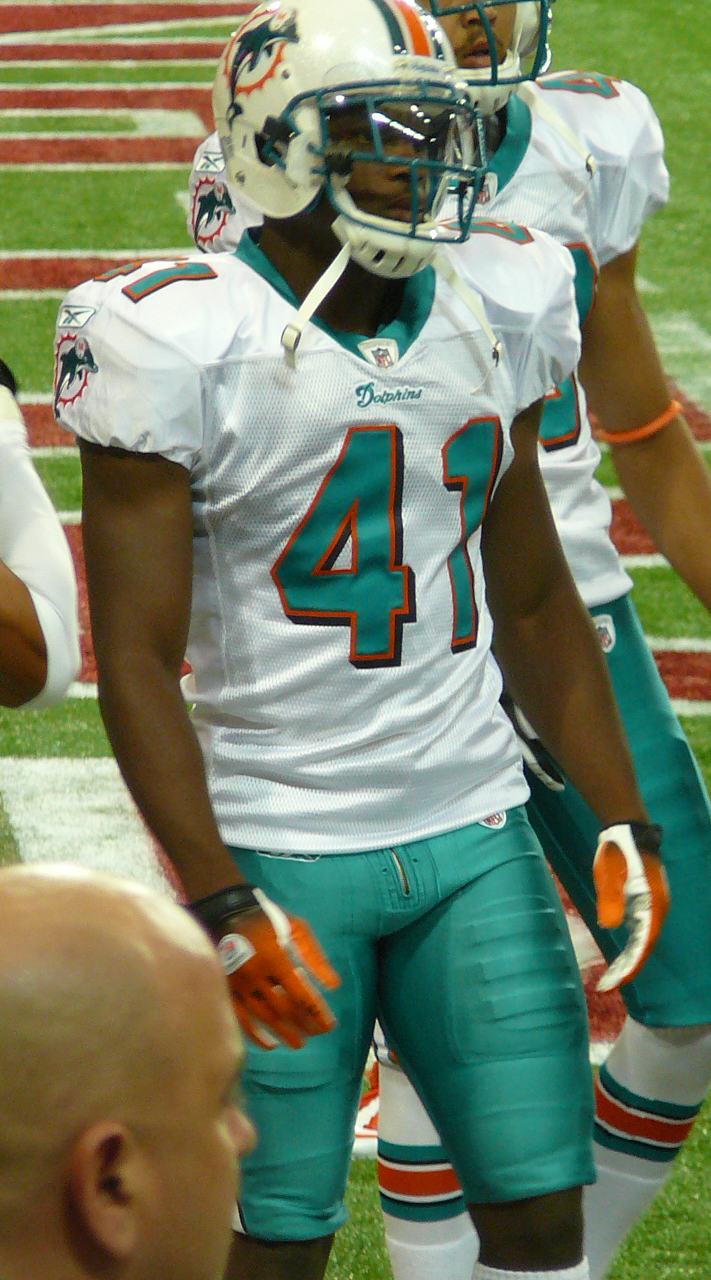
Safety and Brain Health
Football is a full-contact sport, and injuries are relatively common. Most injuries occur during training sessions, particularly ones that involve contact between players. To try to prevent injuries, players are required to wear a set of equipment. At a minimum players must wear a football helmet and a set of shoulder pads, but individual leagues may require additional padding such as thigh pads and guards, knee pads, chest protectors, and mouthguards. Most injuries occur in the lower extremities, particularly in the knee, but a significant number also affect the upper extremities. The most common types of injuries are strains, sprains, bruises, fractures, dislocations, and concussions.
Repeated concussions (and possibly sub-concussive head impacts) can increase a person’s risk in later life for CTE (chronic traumatic encephalopathy) and mental health issues such as dementia, Parkinson’s disease, and depression. Concussions are often caused by helmet-to-helmet or upper-body contact between opposing players, although helmets have prevented more serious injuries such as skull fractures. Various programs are aiming to reduce concussions by reducing the frequency of helmet-to-helmet hits; USA Football‘s “Heads Up Football” program is aiming to reduce concussions in youth football by teaching coaches and players about the signs of a concussion, the proper way to wear football equipment and ensure it fits, and proper tackling methods that avoid helmet-to-helmet contact. However, a study in the Orthopaedic Journal of Sports Medicine found that Heads Up Football was ineffective; the same study noted that more extensive reforms implemented by Pop Warner Little Scholars and its member teams were effective in significantly reducing concussion rates.


